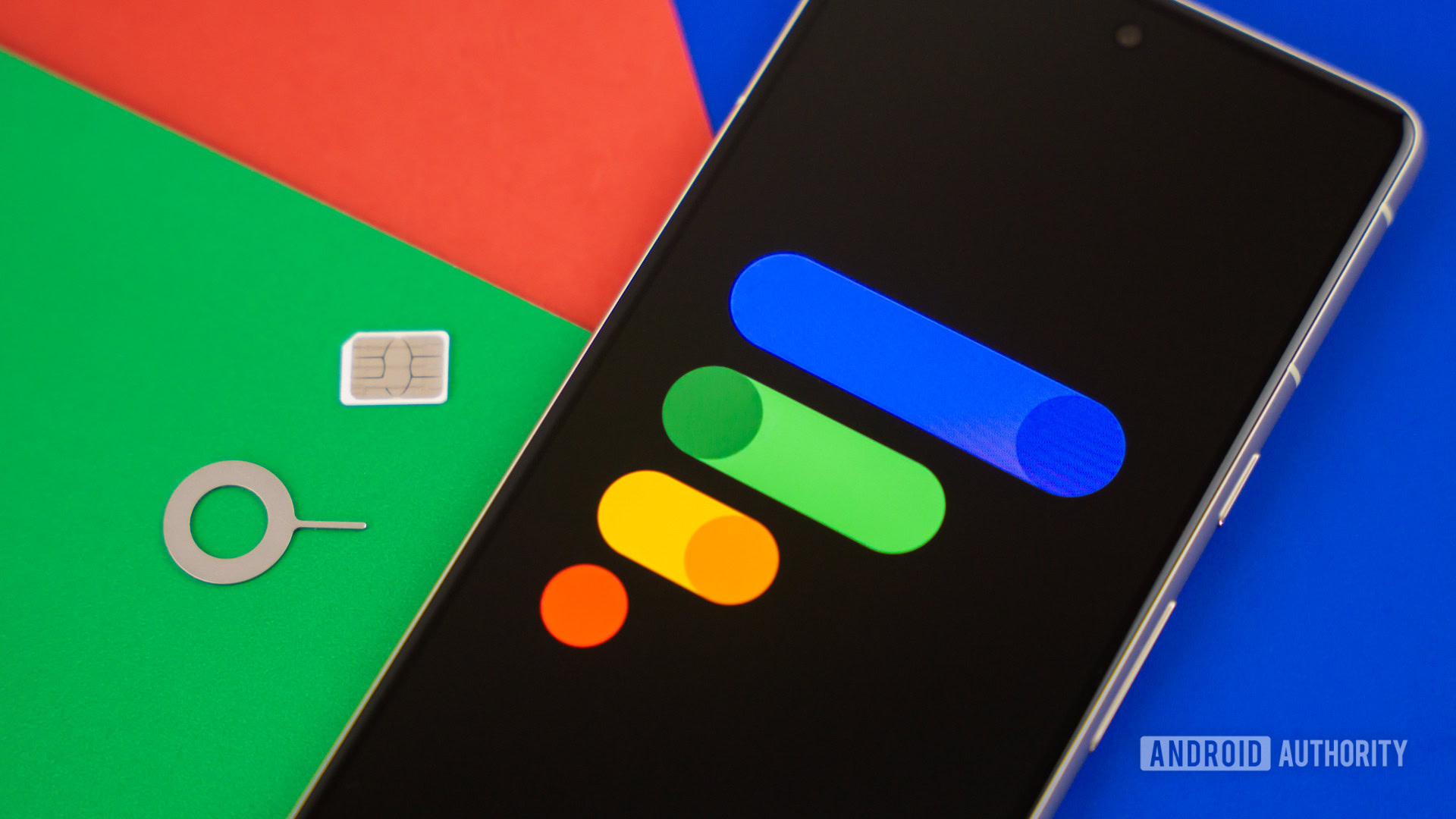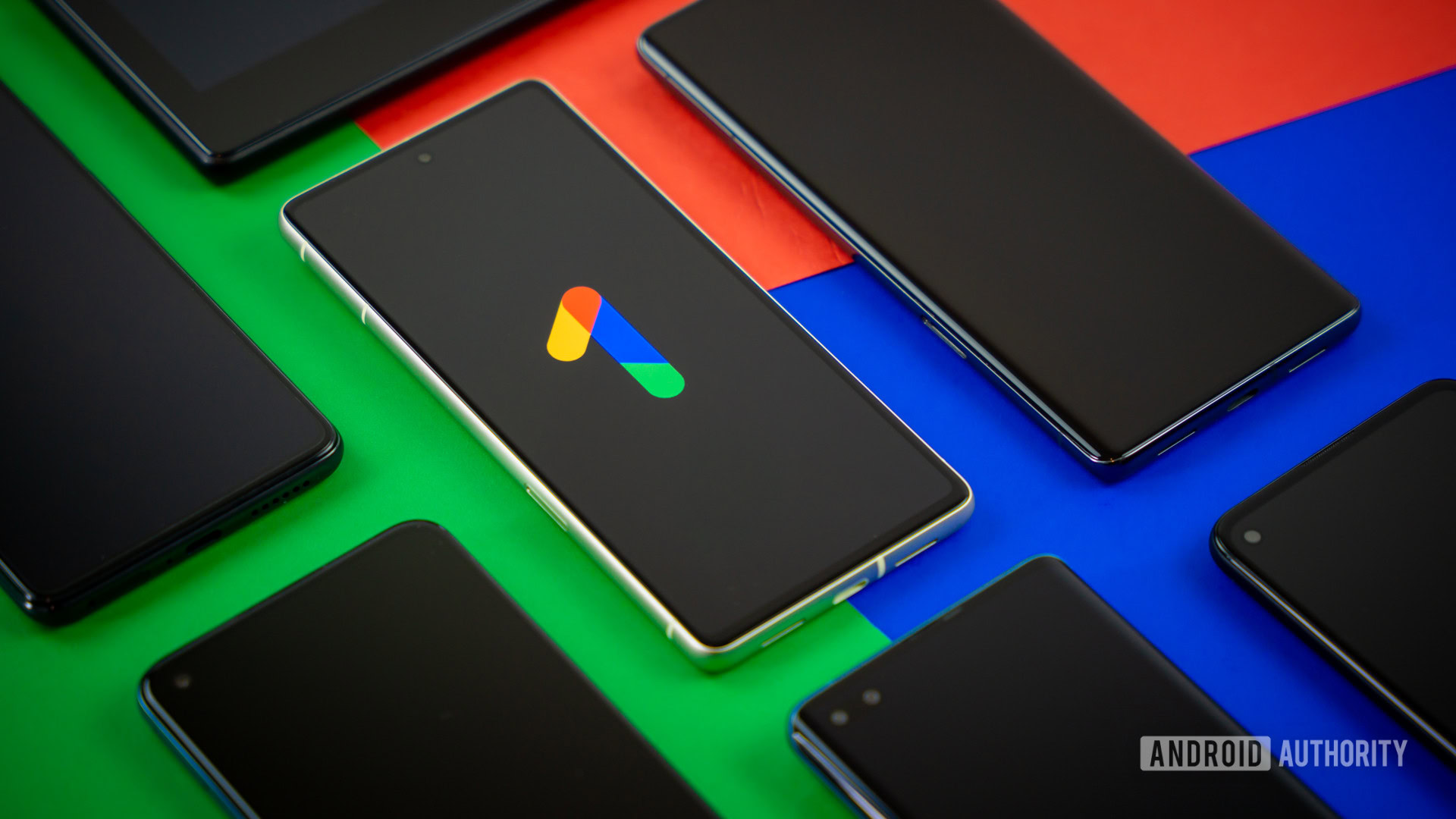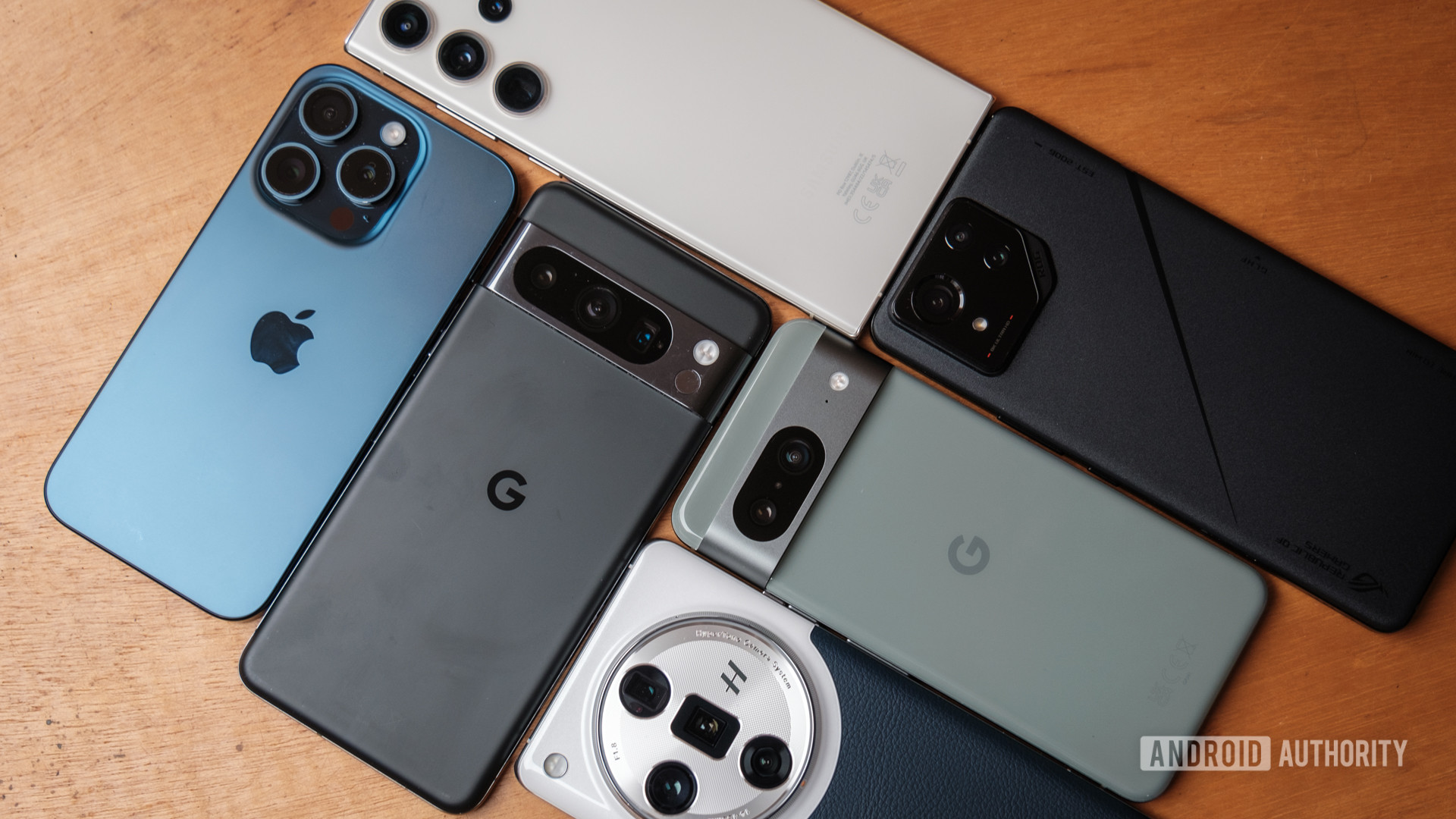Affiliate links on Android Authority may earn us a commission. Learn more.
Google Fi Wireless vs AT&T: Which carrier comes out on top?
Published onOctober 31, 2024

In a crowded market of US mobile carriers, only one can reign supreme. This time around, we’re pitting Google’s flexible upstart, Fi Wireless, against one of the oldest and largest carriers, AT&T. Will the unique MVNO have what it takes to outperform Big Blue? Let’s find out in our Google Fi Wireless vs AT&T showdown.
We’ve set our sights on the plans, perks, promotions, and coverage in this head-to-head battle. If you want to see how Verizon stood up against Google Fi Wireless, read more here. Now, let’s get into the details.
Google Fi Wireless vs AT&T — Pricing

AT&T tends to find itself pretty close to Verizon regarding pricing, which probably isn’t what you want to hear. Of course, we’re talking about a massive nationwide network here, so you’ll get top-notch service for your money. Before we offer a full breakdown, here’s a quick reference table of each carrier’s costs:
| Google Fi Wireless Costs | AT&T Costs | |
|---|---|---|
Entry-Level Unlimited Plan | Google Fi Wireless Costs Simply Unlimited: $50 for one line $40 per line for two lines $30 per line for three lines $25 per line for four lines or more | AT&T Costs Unlimited Starter SL: $66 for one line $61 per line for two lines $46 per line for three lines $36 per line for four lines $31 per line for five lines |
Mid-Level Unlimited Plan | Google Fi Wireless Costs None | AT&T Costs Unlimited Extra: $76 for one line $66 per line for two lines $51 per line for three lines $41 per line for four lines $36 per line for five lines |
High-End Unlimited Plan | Google Fi Wireless Costs Unlimited Plus: $65 for one line $55 per line for two lines $45 per line for three lines $40 per line for four lines or more | AT&T Costs Unlimited Premium: $86 for one line $76 per line for two lines $61 per line for three lines $51 per line for four lines $46 per line for five lines |
Other Plans | Google Fi Wireless Costs Flexible Plan: $20 for one line $18 per line for two lines $17 per line for three lines $17 per line for four lines $16 per line for five lines or more Plus $10 per GB of data used | AT&T Costs Value Plus Unlimited: $51 for one line $51 per line for two lines $38 per line for three lines $31 per line for four lines $31 per line for five lines AT&T 4GB: $50 for one line $45 per line for two lines $40 per line for three lines $40 per line for four lines $40 per line for five lines |
From the get-go, we can tell that Google Fi Wireless is usually more affordable than AT&T. In fact, the higher-end Unlimited Plus plan is more closely priced to AT&T’s base Starter plan. This is the most expensive unlimited plan that Fi Wireless offers.
The Simply Unlimited Google Fi plan kicks off at $50 per month if you want a more affordable alternative. It drops to $40 per line with two lines, $30 per line for three lines, or $25 for four lines or more, making it an excellent low-cost alternative.
AT&T holds down the most expensive slot if you go for Unlimited Premium, with plans starting at $86 per month.
After all the unlimited options are said and done, Google Fi still has a card to play — the Flexible plan. You’ll pay a low monthly cost for your calling and texting, and Google Fi charges based on the data you use during the month. Each GB will run you $10 up to 6GB on a single-line plan, after which all further data is free.
If you’re hoping to save some cash, an MVNO might be more your speed. We’re big fans of Metro by T-Mobile and Cricket Wireless, just to get you started. More recently, Helium Mobile launched a $20 unlimited plan, likely the cheapest unlimited plan in the nation.
Google Fi vs AT&T — Coverage

We all know AT&T’s massive network is one of the best around, but Google Fi has another trick up its sleeve. It mainly uses the T-Mobile network, but also has a partnership with “multiple carrier networks,” so you can stay connected when traveling domestically or globally. So long as your phone is designed to work with Google Fi, you should switch between the networks seamlessly.
If you look at the map above, the darkest green area indicates Google Fi Wireless’s 5G coverage. The lighter areas show off 4G LTE coverage in comparison. Google Fi relies on T-Mobile’s 5G network for top-end speeds, so don’t be afraid to reference the Uncarrier’s map for accurate coverage as well. Check your local Google Fi coverage with a zip code right here. Additionally, compatible devices will also benefit from Google Fi Wireless’ W+ network, which uses Wi-Fi connections to improve your data connection.
On the other hand, AT&T offers some of the most wide-reaching 4G coverage in the nation. The Big Blue network covers parts of all 50 states as well as a solid portion of Canada and Mexico. You’ll have to zoom in quite close on the map for an accurate picture of 5G coverage, though. AT&T relies primarily on wide-reaching 5G, though its 5G Plus network is available in plenty of larger cities now. Find out more with this map.
Google Fi Wireless vs AT&T — Perks and promotions

Coverage is essential, and you have to know what you’re willing to pay, but sometimes, a nice mix of perks can tip the scale one way or the other. They help round out your experience, and most top carriers throw at least one into the fray. We used to give AT&T a slight edge when it comes to streaming, but things have changed. Now, you don’t really get any extras with your AT&T plans.
AT&T used to offer an HBO Max (now rebranded to MAX) subscription with its top Unlimited Elite tier. However, it’s now rebranded to Unlimited Premium, and the perk has gone away with the old name. There’s no trial of Stadia Pro, either, now that Google has axed its gaming service. Funny enough, Google actually has more perks than AT&T.
On Google Fi Wireless, you’re looking at a free 100GB Google One subscription. It’s only worth $2 per month, but it offers a boost to cloud storage, special deals, and support for other Google products. Google Fi Wireless will also give you six months of YouTube Premium for free, which is definitely a nice perk, albeit temporary. These perks are only available for Unlimited Plus subscribers. Simply Unlimited and Flexible plan users are left hanging.
AT&T tends to have a better selection in terms of device deals, but only marginally. There are plenty of free phone offers and other promotions available on Google Fi as well.
Google Fi vs AT&T — Phone selection

This shouldn’t come as a surprise, but Google Fi won’t sell you an iPhone. It will primarily try to set you up with a Pixel, Samsung Galaxy, or Motorola device. However, you can bring a nearly endless list of devices to the network, which means iPhones are back on the menu. Not all phones will offer the same features, though, so check your compatibility first.
AT&T, on the other hand, will sell you just about any mainstream device you can think of. It has phones from Samsung, OnePlus, Apple, and more. Of course, you can also bring a phone to AT&T; you’ll have to be sure the device is unlocked and works with the carrier’s GSM radios.
Which carrier is suitable for you?
Finally, the answer that you’re no doubt looking for — which carrier should you choose? In the battle of Google Fi vs AT&T, the answer isn’t nearly that simple. Ultimately, it depends on your personal needs. AT&T has a great network, plenty of local stores, and many more phones to choose from. It also tends to offer more device deals. However, it costs more per month.
Google Fi Wireless offers a solid blend of networks, and it’s the perfect mate for a Pixel device. You also get added perks like the 100GB Google One subscription and six months of YouTube Premium for free. This is nice to have, especially considering Google Fi Wireless plans are significantly cheaper. Google Fi Wireless is definitely the better deal for the budget-conscious.
Not sure either is right for you and open to considering your alternatives? We recommend one of the following prepaid carriers:
- Mint Mobile: You can save a lot of money with Mint Mobile while still enjoying the T-Mobile network. There are even family plans and more. Be aware the best pricing requires you to pay for a year of service upfront, though there are other payment options available.
- Visible: This carrier is owned directly by Verizon and runs on its network. While it offers two plans, we recommend Plus as you basically get the same speeds and reliability of a postpaid Verizon experience but for much cheaper than you’d pay directly.
- US Mobile: Not only does this carrier have great customer service and support for all three networks, but it’s one of the few major prepaid options that isn’t directly run by one of the major networks. This makes a great choice if you want to support the (comparatively) little guys.